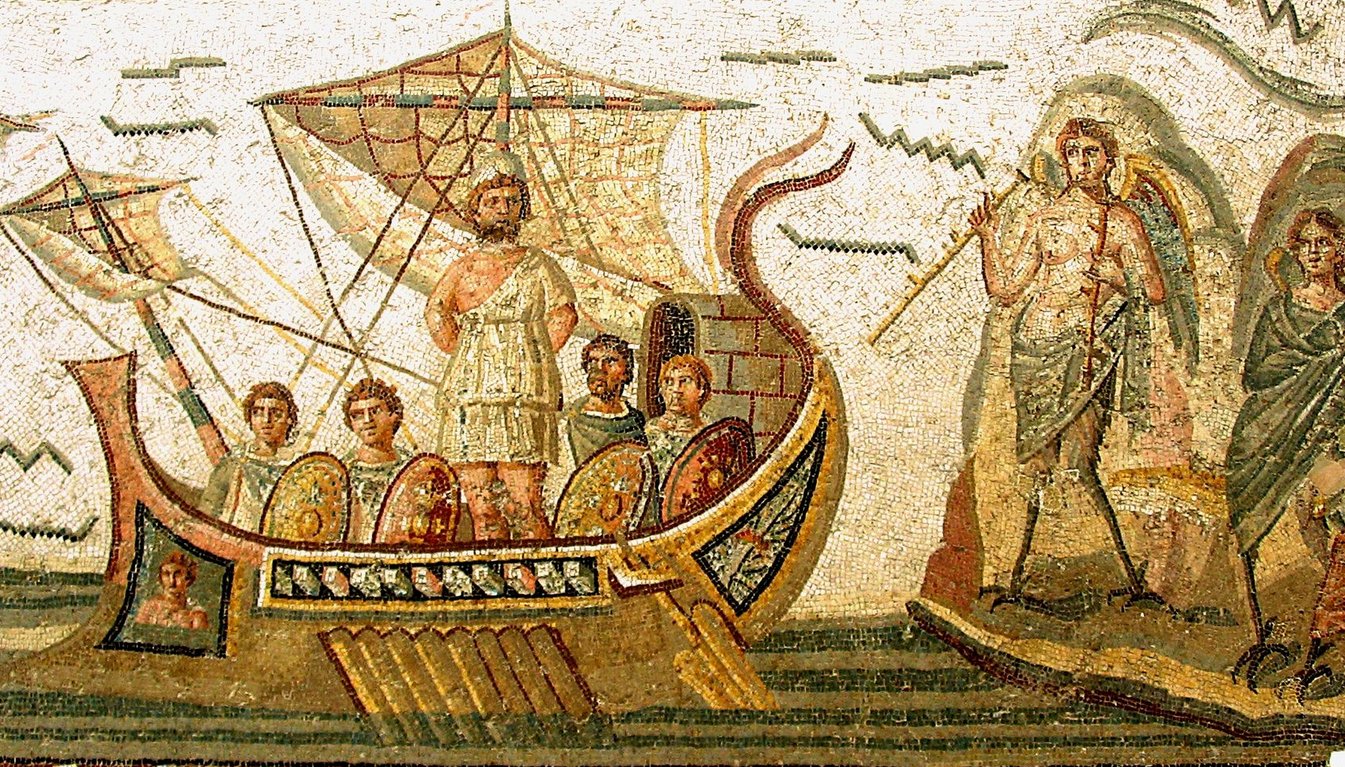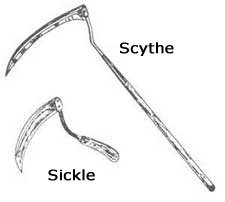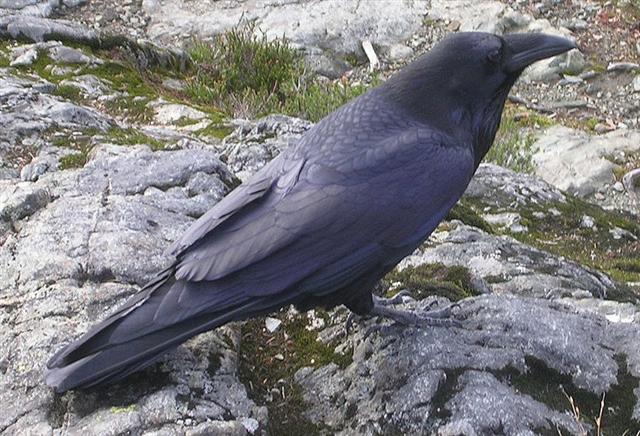There is one (and only one) place in the G text which clearly corresponds to (resembles) the pair of glyphs at Aldebaran, i.e. a rising fish preceded by a curve (or elbow, marfik):
In Manuscript E, we remember, the kuhane of Hau Maka flew in a curve from the mountain Peke Tau O Hiti to the mountain Hau Epa: ... The dream soul came to Rangi Meamea and looked around searchingly. The dream soul spoke: 'Here at last is level land where the king can live.' She named the place 'Rangi Meamea A Hau Maka O Hiva'. The mountain she named 'Peke Tau O Hiti A Hau Maka O Hiva'. The dream soul moved along a curve from Peke Tau O Hiti to the mountain Hau Epa, which she named 'Maunga Hau Epa A Hau Maka O Hiva' ... And the canoe of Ira described a sweeping curve when its journey came to an end in Hanga Te Pau:
Possibly the latter sweep was necessary in order to 'make landfall' with the tail end of the canoe first (as if in order to ensure a quick escape). In the Roman galley below the prow (mua) remained afloat when the rear end (muri) of the 'canoe' was touching the Land of the Dead (cfr the wings and the bird feet):
... to enter a war canoe from either the stern or the prow was equivalent to a 'change of state' or 'death'. Instead, the warrior had to cross the threshold of the side-strakes as a ritual entry into the body of his ancestor as represented by the canoe ... (D. C. Starzecka, Maori Art and Culture.) Sweeping curves were used by those who were preparing for the return of Life in spring: ... When it was evident that the years lay ready to burst into life, everyone took hold of them, so that once more would start forth - once again - another (period of) fifty-two years. Then (the two cycles) might proceed to reach one hundred and four [104] years. It was called 'One Age' when twice they had made the round, when twice the times of binding the years had come together. Behold what was done when the years were bound - when was reached the time when they were to draw the new fire, when now its count was accomplished. First they put out fires everywhere in the country round. And the statues, hewn in either wood or stone, kept in each man's home and regarded as gods, were all cast into the water. Also (were) these (cast away) - the pestles and the (three) hearth stones (upon which the cooking pots rested); and everywhere there was much sweeping - there was sweeping very clear. Rubbish was thrown out; none lay in any of the houses ... (Sahagun according to Anthony F. Aveni, Skywatchers.) But at the other end was Raven and the sweeping curves of Death:
|






